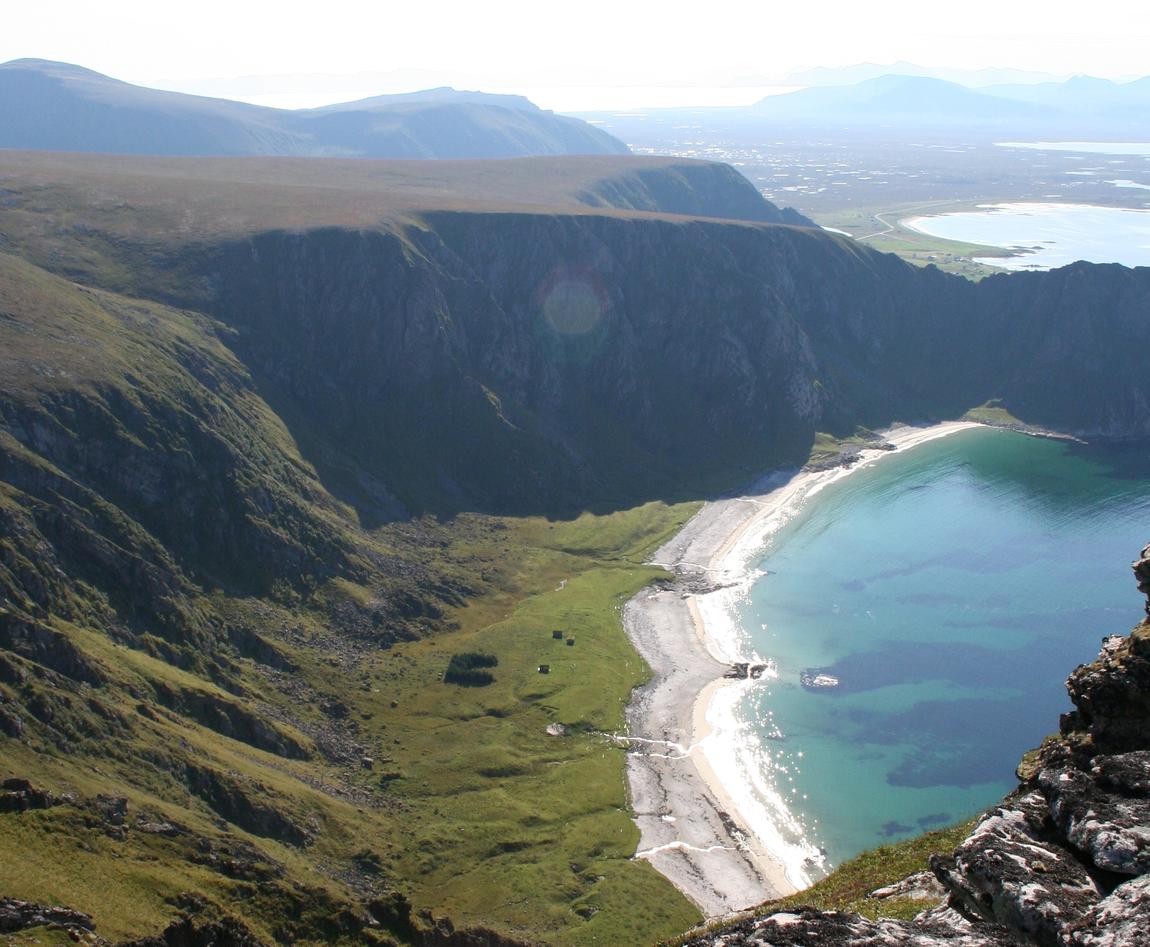Landscape evolution
How have landscapes come to be as they are?

Main content
Geomorphology is the science concerned with landforms and the processes that create them. Explaining the present-day topography will, in most regions, require cross-disciplinary approaches spanning from deep to surface processes, and covering timespans from hundreds to tens of millions of years.
Reconstruction of long-term landform evolution has to take into consideration the changing rates of weathering and erosion associated with climatic fluctuations. In Scandinavia, for example, the effect of glaciers and ice sheets on the landscape has not been uniform. Glacial erosion has to a variable degree modified the pre-existing landscape and the glacial isostatic adjustment is still active. Studies of landform evolution can therefore provide information on pre-Quaternary topography, Quaternary modifications, and on expected landscape adjustments in the foreseeable future.
